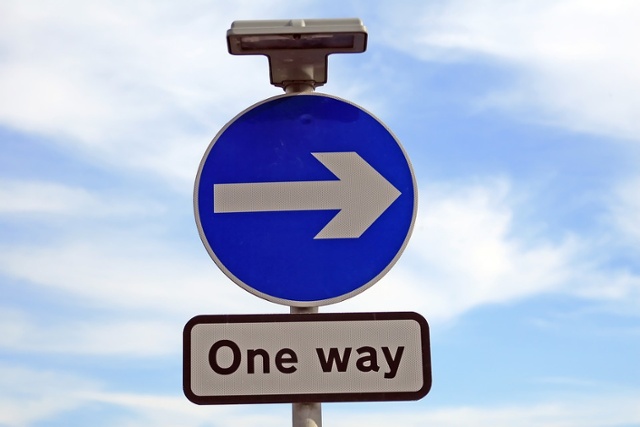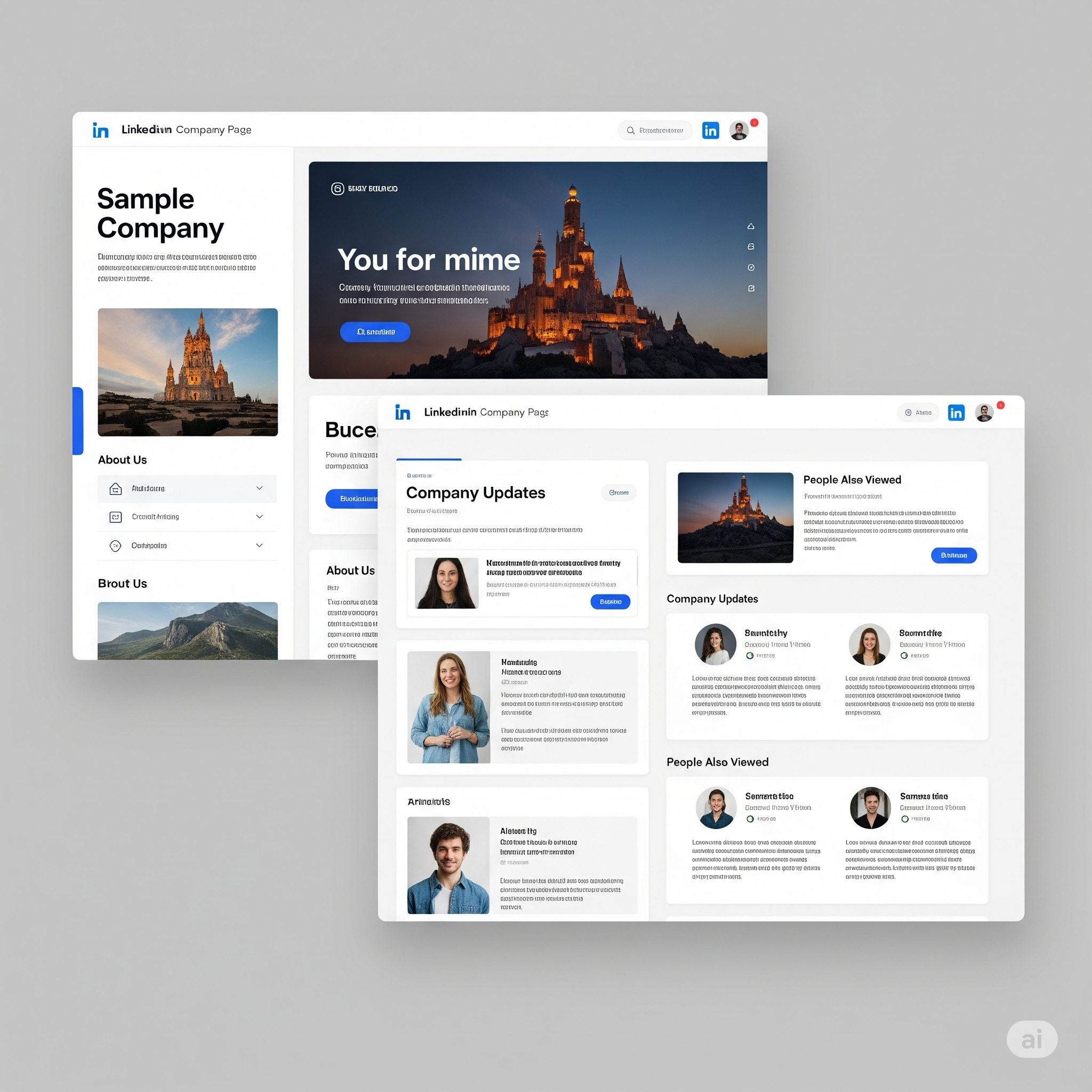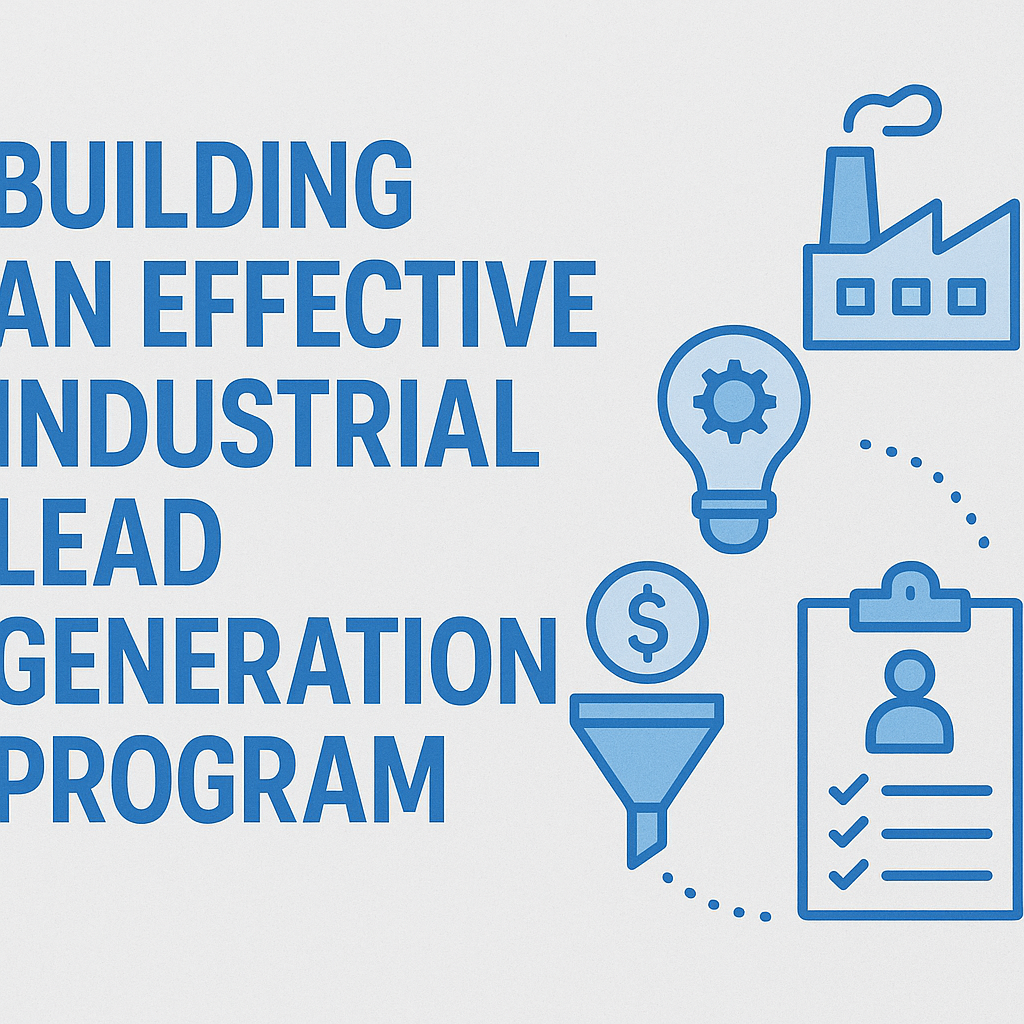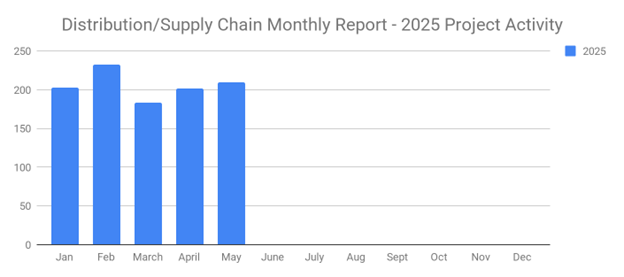
A critical mistake made by office industry salespeople is thinking strictly about their own company's sales process. Most sales reps follow a linear process, beginning with sales lead acquisition and ending with the actual sale at the bottom of the funnel. In doing so, however, they overlook the office customer's own process, resulting in fewer actual conversions.
Let's first begin with lead acquisition. There are many ways you can acquire leads: cold calling, in-bound marketing, out-bound marketing and purchasing sales leads. If you haven't purchased sales leads in the past, be sure to take a look at SalesLeads Office Project Reports. These are identified projects with names, direct numbers and email addresses with notes on the project. Now that you have the right leads in place, and you've received your complimentary leads to try, let's start.
Why Your Sales Process Should Be Buyer-Focused
As an office salesperson, you should use a buyer-focused sales process to engage prospects and satisfy their needs/concerns. Without understanding each buyer's specific needs, you won't be able to effectively present your product or service in a way that is meaningful to the prospect. This is a huge mistake made by sales reps all the time. They use a seller-focused process that ignores the buyer's needs. Granted, a seller-focused process may generate some conversions, but it pales in comparison to a buyer-focused process.
The Pre-Purchase Stage
In order to create a buyer-focused sales process, you need to research office prospects before contacting them. Additionally, prospects may perform their own research in the "pre-purchase" stage before they are ready to buy. Try to identify all activities the office prospect makes during the pre-purchase stage. If the prospect looking for a specific product? Are they comparing prices with other competitors? These are all things you should try to learn about prospects during the pre-purcase stage.
The Transitional Stage
Following the pre-purchase stage is the transitional stage, which is characterized by the prospect transitioning to your product, service or solution. Assuming you've successfully convinced the office prospect to buy your product or service, he or she must transition into using it.
Not surprisingly, most buyers want a smooth, seamless transition that doesn't interrupt their normal operations. If transitioning to your product stops their operations -- even momentarily -- buyers may think twice before ordering from your company again. Therefore, it's important to help customers during the transition stage, addressing any questions they have or problems they encounter.
The Post-Purchase Stage
A stage of the buyer-focused sales process that's often overlooked is the post-purchase stage. In this stage, the office buyer has already purchased and transitioned to using your solution. Now, however, the buyer is looking to maximize the efficiency and utility of your solution.
During this stage a sales rep can conduct post sales interviews. A post sale interview can be an extremely effective tool for proactively seeking potential problems that could impact their next buying decision. They can also help to learn about potential post-sale opportunities as well.
The bottom line is that you need to consider the customer's buying process when selling a product or service. A typical buyer-focused sales process includes the pre-purchase, transitional and post-purchase stage. By focusing on these stages, you'll improve customer satisfaction and increase repeat sales.
What to learn more? Get in Touch





